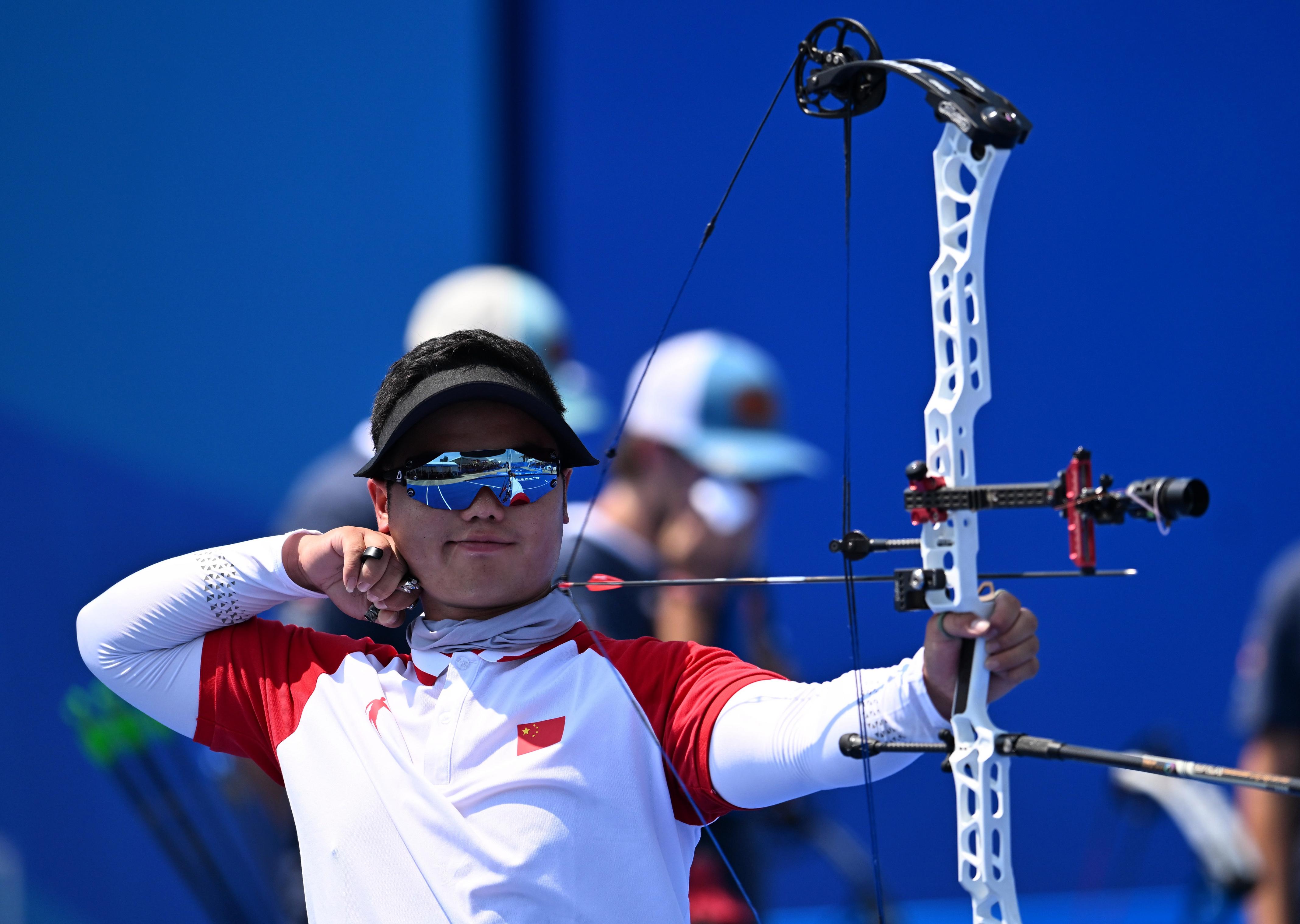Release time:2025-01-06 15:05:59Clicks:author:SPG ArcheryMain categories:Bows, Arrows, Archery Accessories

People who are familiar with ancient history will definitely be familiar with the term compound bow. But for most people who are not familiar with bows and arrows, it is only a well-known one. Today, let's sort it out and talk about the structure and working principle of the compound bow so that everyone can better understand this common weapon in the ancient world.
Compound bows were important long-range weapons in the ancient world
As the name suggests, a compound bow refers to a bow made of a combination of multiple materials. In contrast, a bow made of only one material is called a single bow.
According to this definition, the scope of compound bows is very wide. However, when discussing ancient military affairs, compound bows generally refer to bows made of animal tendons, animal horns and wood. Because this structure is more common and typical, it is not limited by regional materials.
Except for the bow tips at both ends, the rest of the compound bow is composed of three layers of tendons, horns and wood. The middle layer is a bow made of wood. On the back of the bow, that is, the side facing the archer, is a horn layer made of cattle and sheep horns. In contrast, the front of the bow is a tendon layer made of animal tendons.
To make such a complex structure, the required craftsmanship is essential. First, the wood and animal horns are scraped off the skin and cut into the required shape. Then they are bent by heating and cooled to set. Only then are the wood pieces spliced to form the shape of the bow.
Next, the animal tendons are repeatedly beaten to remove moisture, and then soaked in acidic substances such as yogurt to remove fat. After completion, comb them with a comb until the tendons become as delicate as hair.
When the tendons, horns, and wood are made, they can be glued. Use glue made from fish or rabbit fat to glue the horns to the back of the bow in a season with low humidity, tie them with ropes for reinforcement, and remove the ropes after the glue dries. Finally, straighten the tendons and stick them on the front of the bow. After the glue dries, the work is done. Since moisture affects the viscosity of the glue and corrodes the tendon layer, the ancients sometimes added a process to paint the outside of the bow or make a carbonized layer to prevent moisture.
The process of laying tendons for Turkish bows
Basic principles
After understanding the structure of the composite bow, some people may find it strange why it is so troublesome to add tendons and horn layers, and how can they improve the performance of the bow? To explain this problem, we have to talk about the working principle of the bow.
The bow itself does not generate energy and shoot arrows. Instead, it stores the energy applied by the shooter through its own deformation. Then the energy is released to the arrow through rebound to complete the shooting. Therefore, how to store more energy and rebound faster has become the key to increasing the performance of bows and arrows.
The addition of tendons and horns is based on this principle. The energy storage density of tendons and horns is greater than that of wood, and they can store more energy. At the same time, they have better elasticity and effective deformation release of energy.
When the bow is pulled open and bent backward, the tendons on the front of the bow tire will be stretched, and the horns on the back will be squeezed. The two substances are very different in nature to adapt to the mechanical characteristics of "one side stretching and the other side squeezing" when the object is bent. In this way, when the shooter releases the bowstring, the horns will rebound and the tendons will contract to release the stored energy. Then transmit it to the string to shoot the arrow out, thereby increasing the kinetic energy of the arrow.
At this point, I believe that many people are already clear about the structure and principle of the compound bow. Although the structure and principle of the compound bow are not complicated in the eyes of modern people. But just understanding the properties of materials requires a long period of exploration and summary. Not to mention the physical principles involved. The attempts and achievements of our predecessors are the cornerstone of today's technological development. They are also a great help in creating history itself.